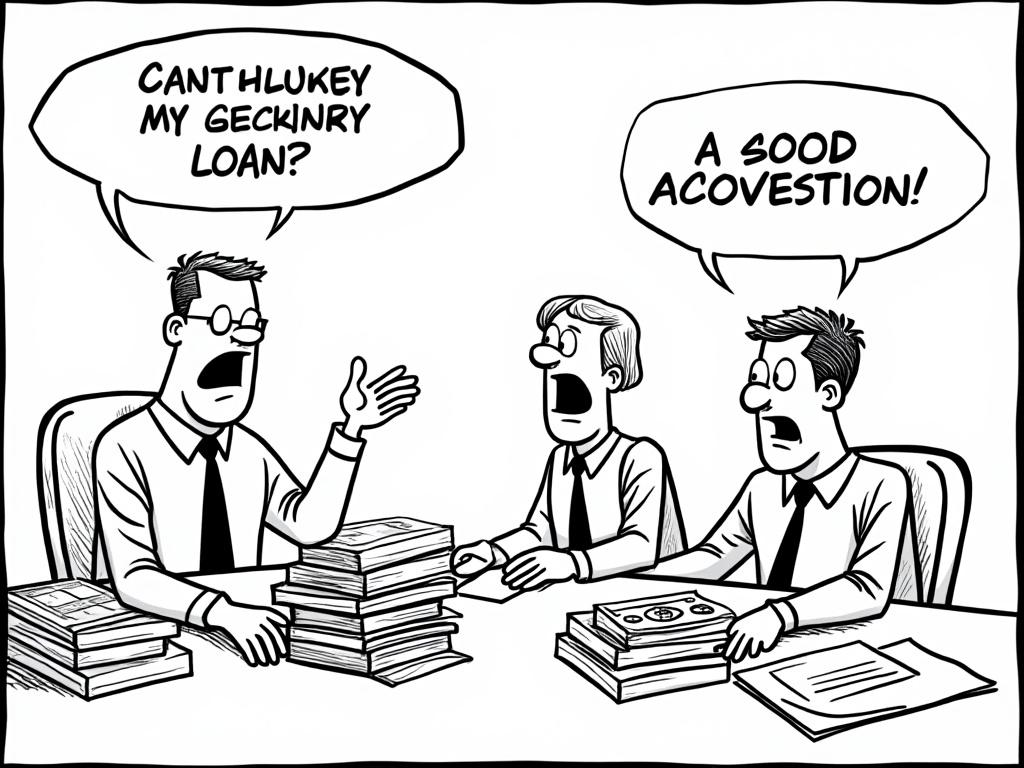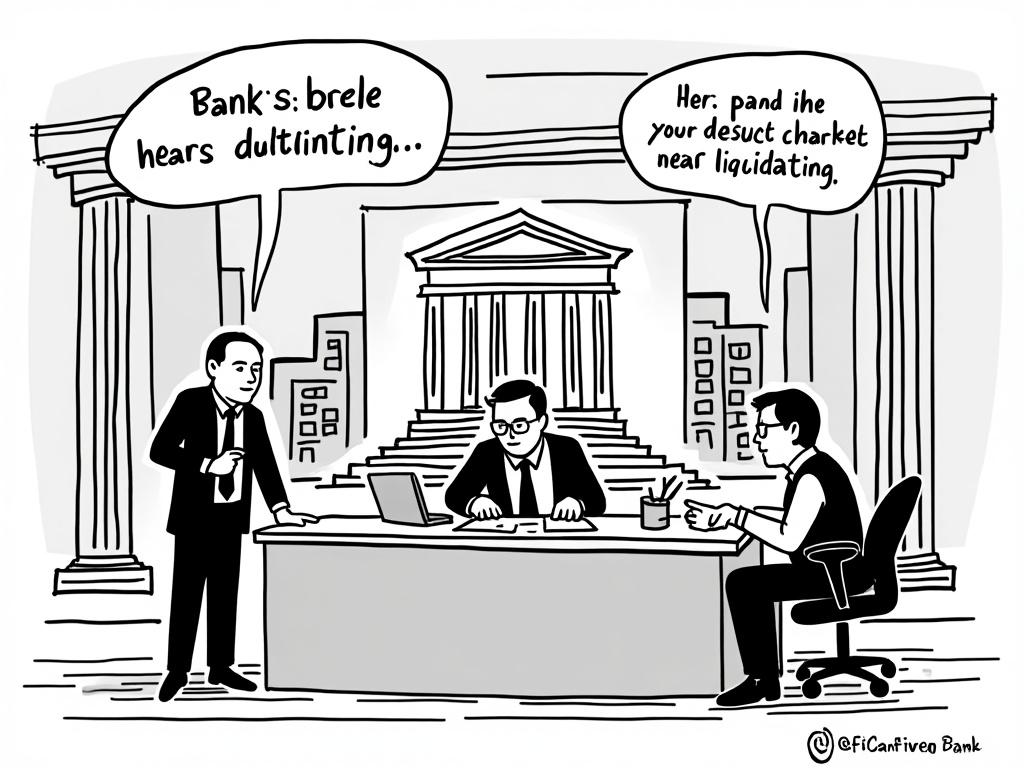
Non-Performing Loans (NPLs) in Greece: Recovery and Resolution
Table of Contents
- Understanding Greece’s NPL Crisis
- Recovery Mechanisms and Strategies
- Resolution Frameworks in Action
- Market Impact and Investment Opportunities
- Charting the Path Forward
- Frequently Asked Questions
Ever wondered how an entire nation’s banking system recovers from the brink of collapse? Greece’s journey through its non-performing loan crisis offers one of the most compelling case studies in modern financial recovery.
The numbers tell a stark story: at the peak of Greece’s financial crisis in 2016, non-performing loans reached a staggering €107.2 billion, representing nearly 45% of total bank loans. Today, that figure has dramatically decreased to approximately €12.8 billion by 2023—a testament to systematic recovery efforts that transformed potential disaster into opportunity.
Understanding Greece’s NPL Crisis
The Perfect Storm: How It All Started
Picture this scenario: You’re a Greek business owner in 2010. The economy contracts by 5.5%, unemployment soars to 27%, and your customers stop paying bills. Sound familiar? This was reality for thousands of Greek businesses and homeowners who found themselves unable to service their debts.
The Greek NPL crisis wasn’t born overnight. It emerged from a confluence of factors:
Economic Contraction: Greece’s GDP shrank by 25% between 2008-2016, creating unprecedented pressure on borrowers’ ability to repay loans.
Unemployment Surge: With unemployment reaching 27.5% in 2013, household incomes plummeted, making mortgage and consumer loan payments impossible for many families.
Property Market Collapse: Real estate values dropped by 40-50% in many areas, leaving borrowers with negative equity and collateral worth less than their outstanding debt.
The Domino Effect on Banking
Greek banks found themselves trapped in a vicious cycle. As NPLs accumulated, banks tightened lending criteria, further constraining economic activity. This credit crunch amplified the recession, creating more defaults—a textbook example of a negative feedback loop.
Consider Alpha Bank’s situation in 2015: The institution reported NPLs of €14.7 billion, equivalent to 33.8% of its total loan portfolio. The bank’s provisions for loan losses consumed most of its operating income, severely limiting its ability to support new lending.
Recovery Mechanisms and Strategies
The Systematic Approach to NPL Reduction
Greece’s NPL recovery strategy didn’t follow a single playbook. Instead, it employed multiple mechanisms working in tandem:
Asset Protection Schemes: The Hellenic Asset Protection Scheme (HAPS) provided state guarantees for NPL securitizations, enabling banks to transfer risk while maintaining servicing relationships.
Debt Restructuring Programs: The “Kataigida” law introduced flexible workout procedures, allowing borrowers to negotiate payment terms based on actual financial capacity rather than original loan agreements.
Strategic NPL Sales: Banks began divesting NPL portfolios to specialized servicers and international investors, converting illiquid assets into immediate capital.
Case Study: Eurobank’s Transformation
Eurobank’s NPL reduction journey exemplifies successful recovery implementation. In 2015, the bank’s NPL ratio stood at 36.2%. Through a combination of strategies, including the sale of €7.5 billion in NPLs to DoValue Greece and internal workout programs, Eurobank reduced its NPL ratio to 7.4% by 2022.
The bank’s approach included:
– Establishing dedicated workout units
– Implementing digital platforms for borrower communication
– Creating tailored restructuring solutions for different customer segments
– Partnering with external servicers for specialized collections
| Recovery Method | Timeline | Success Rate | Primary Benefit |
|---|---|---|---|
| Debt Restructuring | 12-18 months | 65-75% | Preserves customer relationships |
| NPL Portfolio Sales | 6-12 months | 100% (immediate) | Immediate capital relief |
| Asset Securitization | 18-24 months | 80-90% | Risk transfer with upside |
| Write-offs | 3-6 months | 100% (book value) | Clean balance sheet |
| Legal Enforcement | 24-36 months | 45-60% | Deterrent effect |
Resolution Frameworks in Action
Legislative Foundations for Recovery
Greece’s NPL resolution success stems partly from comprehensive legislative reforms. The “Kataigida” law (Law 4605/2019) revolutionized debt workout procedures by introducing:
Out-of-Court Workout (OCW): A streamlined process allowing borrowers to negotiate directly with creditors without lengthy court proceedings.
Enhanced Electronic Auctions: Digital platforms replaced traditional auction systems, increasing transparency and participation rates.
Strategic Default Prevention: New regulations distinguished between borrowers facing genuine financial hardship and those strategically defaulting despite having means to pay.
The Role of Specialized Servicers
International servicers played a crucial role in Greece’s NPL resolution. Companies like Intrum, Anacap, and B2Holding brought sophisticated collection technologies and restructuring expertise unavailable to traditional Greek banks.
Real-world Example: When Intrum acquired a €1.8 billion NPL portfolio from Alpha Bank in 2018, they implemented AI-driven customer segmentation systems that improved collection rates by 23% within the first year. Their approach focused on early intervention and customized payment plans rather than aggressive collection tactics.
NPL Recovery Progress Visualization
Market Impact and Investment Opportunities
The Property Market Renaissance
As NPL resolution progressed, Greece’s property market began showing signs of recovery. The resolution of distressed real estate assets created opportunities for both domestic and international investors.
Investment Surge: Foreign direct investment in Greek real estate increased by 180% between 2018-2022, with investors attracted by discounted asset prices and improving economic fundamentals.
Regional Opportunities: Coastal regions, particularly areas with tourism potential, saw significant investor interest. For instance, investors seeking property in peloponnese found attractive opportunities as NPL resolution freed up previously distressed assets at competitive prices.
Banking Sector Rehabilitation
The systematic NPL reduction transformed Greek banks from crisis-mode institutions to viable financial intermediaries:
Capital Adequacy Improvement: The sector’s average Capital Adequacy Ratio improved from 14.4% in 2016 to 17.2% in 2023, indicating stronger financial foundations.
Renewed Lending Capacity: With balance sheets cleaned up, banks resumed normal lending operations. New loan originations increased by 35% in 2022 compared to 2020.
Profitability Recovery: Greek banks reported positive return on equity for the first time since 2008, with the sector generating €2.1 billion in net profits in 2022.
Charting the Path Forward
Sustaining the Recovery Momentum
While Greece has made remarkable progress, maintaining low NPL levels requires ongoing vigilance and adaptive strategies:
Early Warning Systems: Banks now employ sophisticated analytics to identify potential problem loans before they become non-performing, enabling proactive intervention.
Economic Diversification: The country’s focus on tourism, technology, and renewable energy sectors provides multiple income streams, reducing systemic risk concentration.
Regulatory Evolution: Continued refinement of bankruptcy and insolvency laws ensures efficient resolution mechanisms remain available for future challenges.
Your Strategic Roadmap Forward
Whether you’re an investor, business owner, or policy maker, Greece’s NPL recovery offers actionable insights:
For Investors:
• Monitor secondary markets for distressed asset opportunities
• Consider portfolio diversification in recovering European markets
• Evaluate long-term demographic and tourism trends in target regions
For Financial Institutions:
• Implement early intervention protocols before loans become non-performing
• Develop digital engagement platforms for customer communication
• Build partnerships with specialized servicers for complex cases
For Policy Makers:
• Maintain flexible legal frameworks that balance creditor rights with borrower protection
• Support financial literacy programs to prevent future over-indebtedness
• Foster international cooperation in cross-border NPL resolution
The Greek experience proves that even the most challenging financial crises can be overcome through systematic effort, international cooperation, and innovative solutions. As global economic uncertainties continue, the lessons learned from Greece’s NPL journey remain more relevant than ever.
What strategies from Greece’s NPL recovery could be most applicable to current challenges in your own market or investment portfolio?
Frequently Asked Questions
What factors contributed most to Greece’s successful NPL reduction?
The success resulted from a combination of legislative reforms (particularly the “Kataigida” law), strategic partnerships with international servicers, comprehensive debt restructuring programs, and systematic NPL portfolio sales. The key was implementing multiple strategies simultaneously rather than relying on any single approach.
How did NPL resolution impact Greece’s property market?
NPL resolution significantly benefited the property market by clearing distressed assets, attracting international investors, and stabilizing prices. Foreign investment in Greek real estate increased by 180% between 2018-2022, with coastal and tourism-focused regions seeing particularly strong interest as previously distressed properties became available at competitive prices.
What lessons can other countries learn from Greece’s NPL experience?
Key lessons include the importance of comprehensive legal frameworks for debt workout, the value of international expertise and capital in resolution processes, the need for early intervention systems to prevent future NPL accumulation, and the benefits of systematic rather than ad-hoc approaches to crisis resolution. Greece’s template has already influenced NPL strategies in Cyprus, Italy, and Portugal.

Article reviewed by Oliver Michalaki, Mediterranean Hospitality Investments | Boutique Hotels & Resorts, on June 1, 2025



